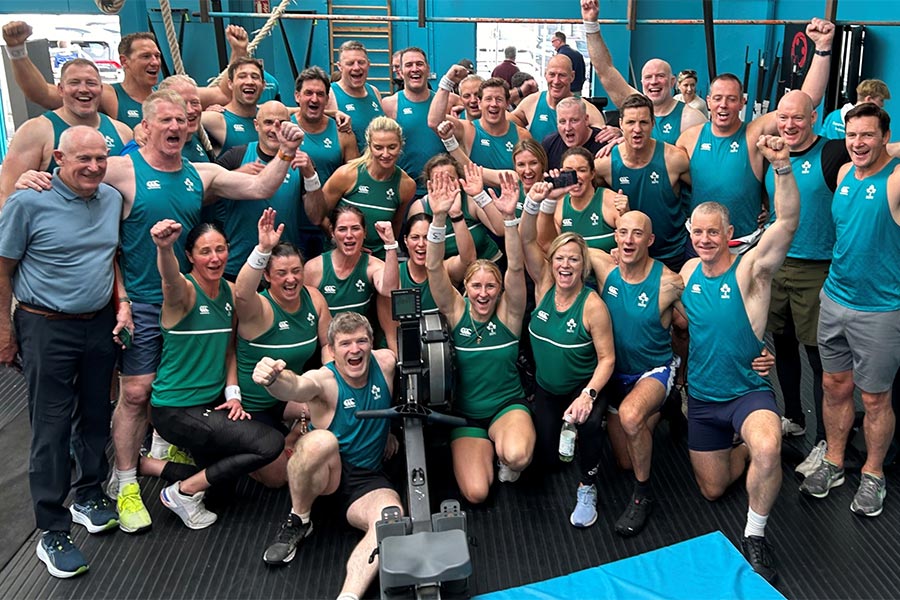Irish Boardrooms Are Quietly Shifting: The Surging Rise of Female Executives You Didn’t See Coming
Ever wonder if the glass ceiling in Irish boardrooms is finally starting to crack—or maybe just getting a good polish? Last year’s stats tell a compelling story: nearly one in three senior executives across Ireland’s companies were women, edging up from 30.4% in 2023 to 32.3% in 2025. That’s progress, sure, but it begs the question—are we sprinting toward true equality, or just inching along a well-tread path? While female representation climbed in several top-tier roles—boards, CFOs, and even chief execs—the drop in female chairpersons is a reminder that the climb is far from over. What’s fascinating is those fresh faces stepping into senior roles—over 35% are women—versus the 28% holding ground for five years or more. It’s a mixed bag, with sectors like accommodation and finance leading the pack, while construction still lags behind. As Jennifer Loftus, Acorn Life’s CFO, points out, the numbers signal room for a lot more improvement—and the payoff is about more than just fairness; it’s about better decisions, better pay, and better quality of life, now and down the road. So, is the boardroom finally becoming a place where women’s voices aren’t just heard but truly count? Let’s dive deeper and find out. LEARN MORE
The share of female senior executives at companies in Ireland increased to almost a third last year (32.3%) from 30.4% in 2023, Central Statistics Office (CSO) figures show.
The proportion of boards of directors members who are women also increased year-on-year from 24.6% to 27.9%, and the share of female chief executives increased marginally from 19% to 19.2%.
Similarly, the share of female CFOs rose from 25.7% to 27.7%. However, female chairpersons declined from 18.7% to 17.8%, the Gender Balance in Business Survey found for which almost 900 enterprises were surveyed online with a completion percentage of 64%.
Some 35.1% of persons appointed to senior executive positions who have been in their role for less than a year are female, and 28.1% of senior executives in situ for five years or more are women.
More than six in 10 (61.4%) of appointments to senior executive posts were filled from within the company, and a higher proportion of female internal appointments (32.7%) were made in 2025 compared with 31.6% of external female appointments.
In 2025, females accounted for 30.9% of senior executives in Irish-owned enterprises compared with 69.1% of males. Similarly, 33.4% of senior executives in foreign-owned enterprises in 2025 were female, up from 31.4% in 2023.
Accommodation and food service activities (41.9%) and arts, entertainment, recreation and other service activities (41.9%) had the highest proportion of female senior executives in 2025, followed by financial and insurance activities (38.5%).
Although the construction sector had the lowest level of female representation in senior executive roles at 15.2%, it has increased from 13.4% in 2023.
Jennifer Loftus, chief financial officer and chief actuary of Acorn Life, said the figures show “there is still much room for improvement.”
“We need to see more women in decision-making roles in the workplace. Having women at the decision-making table generally works out better for all in the workplace and across all sectors of society.

“It also gives women a better chance to improve their pay prospects as typically the more senior the role, the better the pay.
“Higher pay can not only lead to a better quality of life while you’re working, it can also boost quality of life in retirement as it affords you the opportunity to save more into your pension.”
(Pic: Getty Images)




















Post Comment